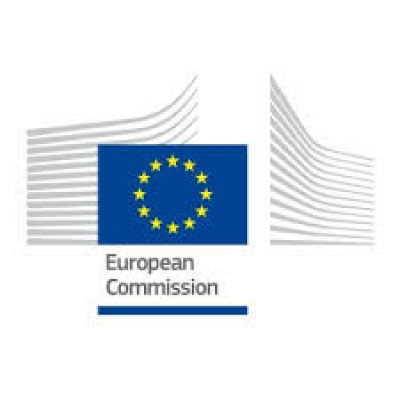Share
Print

Call Updates
Jan 27, 2022 11:56:15 AM
The recording and presentations of the CEF Digital Calls Info Day are available at the https://hadea.ec.europa.eu/news/recordings-and-presentations-first-connecting-europe-facility-digital-calls-info-day-are-now-2022-01-20_en
Jan 11, 2022 2:41:08 PM
The submission session is now available for: CEF-DIG-2021-5GCORRIDORS-STUDIES(CEF-PJG)
5G coverage along transport corridors - Studies
TOPIC ID: CEF-DIG-2021-5GCORRIDORS-STUDIES
Programme: Connecting Europe Facility (CEF)
Work programme part: CEF-2021
Call: 5G coverage along transport corridors (CEF-DIG-2021-5GCORRIDORS)
Work programme year: CEF-2021
Type of action: CEF-PJG CEF Project Grants
Type of MGA: CEF Action Grant Budget-Based [CEF-AG]
Deadline model: single-stage
Opening date: 12 January 2022
Deadline date: 22 March 2022 17:00:00 Brussels time
As of 2021, there were no operational 5G corridors in Europe. However, large-scale trials for testing, demonstration, and validation purposes have been conducted at different locations across Europe, with the support of European and national/local public funding.
As such, inception studies will be funded under this call in order to prepare the actual deployment work of the first big wave of deployment to be launched after the conclusion of the studies; the relevant call is currently planned for 2023. One study for several deployment projects for the same or different calls, e.g. combined by region, are encouraged. These inception studies should include detailed network planning, which should provide a basis for the deployment plan, concrete deliverables in terms of deployed infrastructure, coverage and service capabilities, utilization of existing infrastructure (fibre, power, ground space etc.), associated costs as well as the assessment of market failure for each relevant action.
Should projects for complementary sections in the same region be under preparation for CEF, RRF or other national programmes, these should be combined in one inception study in order to ensure synergies and complementarity.
In parallel to this call, the Commission is launching a Coordination and Support Action (CSA), which aims at achieving 5G edge cloud integration and thus support and provide assistance in this area.
Scope:This topic targets preparatory actions for envisaged deployment projects that support investments in challenging areas, where market forces alone will not deliver 5G services with the necessary quality of service, and focus on key European transport paths, including but not limited to, the indicative list of 5G corridors in the Annex part V of the CEF Regulation 2021/1153. The priority for this call will be to support investment in cross-border sections involving two or more Member States, but additional sections considered relevant from a European perspective are equally in the scope of this call.
The corridor that is subject to the study must cross at least one border between two Member States. The length of the corridors envisaged for deployment or study on both/all sides of the border may vary, depending on national circumstances including means of transport, geographic situation and maximum size of the project/EU funding.
Cross-border sections that are complementary to national 5G corridor sections already planned for deployment by the private sector or identified under RRF or other national programmes in line with state aid rules are particularly encouraged in view of their additional potential impact at an early stage.
The studies should provide the following elements:
The corridors that are subject to the study should meet the following requirements:
Please consult the Call document for more information on the scope, including digital security requirements.
Expected Impact:Proposals submitted under this topic are expected to prepare for 5G corridor work that will contribute to a wider plan to deploy uninterrupted, end-to-end 5G connectivity throughout the entire CEF corridor covered by the proposal, in synergy, where appropriate, with national actions, such as those identified under RRF.
The study should propose key parameters that will best describe the different features of the proposed 5G corridor, including the aggregate length of the corridors covered by 5G, the spectrum bands to be used along the sections, the inter-radio site distance, the availability of various service features along transport routes, as well as the available performance such as data rate and latency for each vehicle as a result of CEF Digital support.
Enabling the use of sharing models for both passive and active infrastructure is encouraged to increase the efficient use of funds provided under this programme. Sharing of both passive and active equipment by network operators (e.g. through a neutral host model) should aim at substantially reducing network deployment costs and at the same time facilitating the energy efficient use of resources when deploying and operating 5G infrastructure. In addition, wherever possible, existing infrastructure such as ducts, fibre, equipment shelters, power supply and utility poles should be used.
